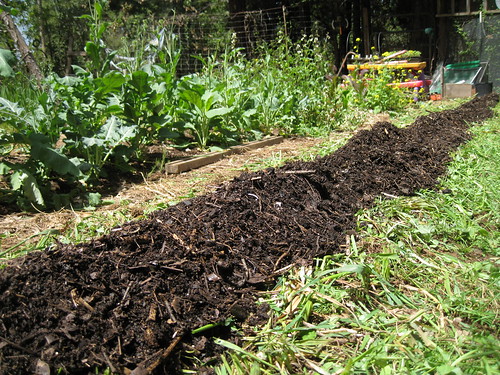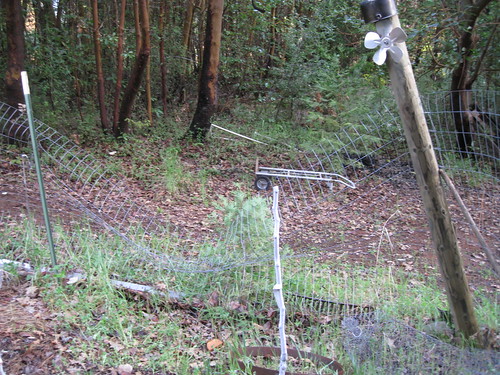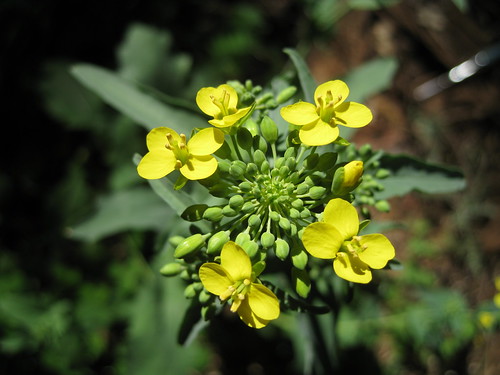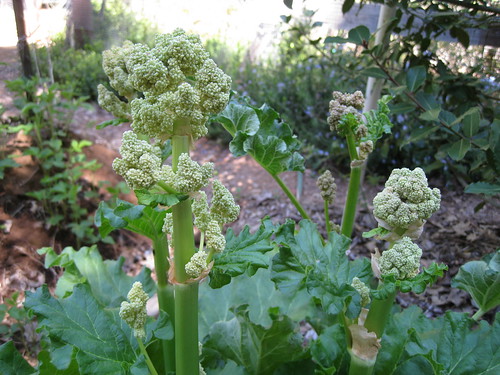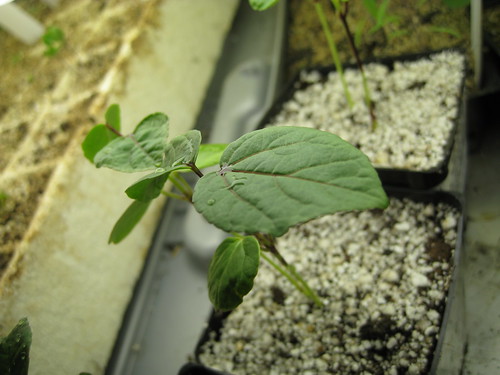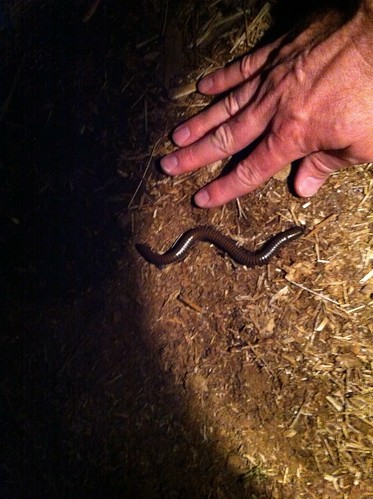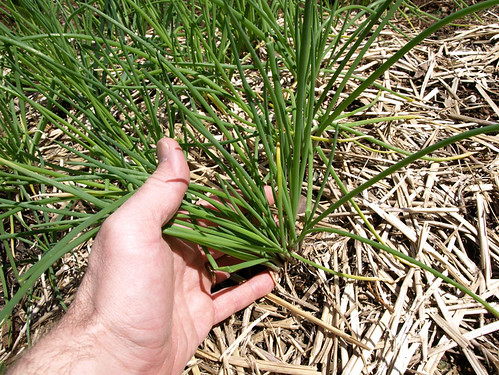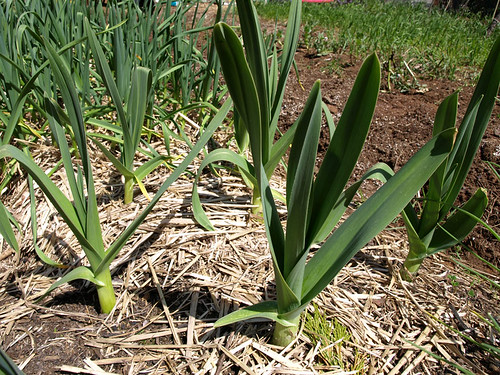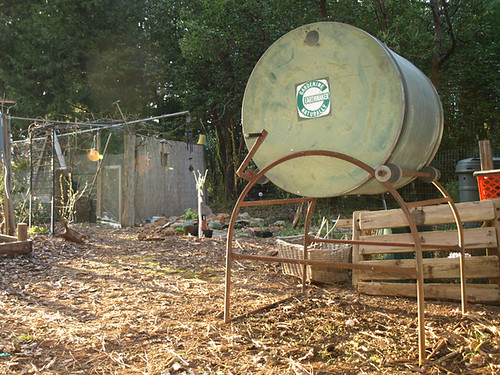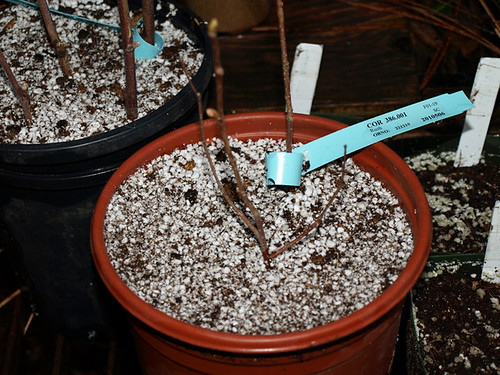Potatoes occupy a lot of space in the garden, and this is one of the reasons that, until recently, I only planted them every 3 or so seasons. Lately – and by ‘lately,’ I mean the last three years or so – I’ve planted them every spring, simply because fresh potatoes are delicious, and they are one of the few crops I actually enjoy harvesting.
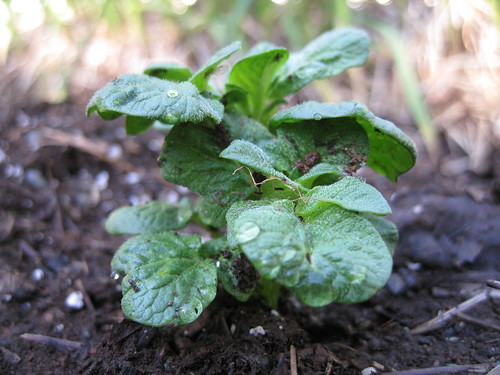 I love to plant, and tend plants, but I have never really liked harvesting. Strange, I realize. I enjoy the harvest, but not the act of harvesting. Not so for potatoes, however.
I love to plant, and tend plants, but I have never really liked harvesting. Strange, I realize. I enjoy the harvest, but not the act of harvesting. Not so for potatoes, however.
In any case, this year, I planted some yellow fingerling potatoes, and some sort of run-of-the-mill Yukon gold potatoes. I planted them in a richly-amended row, and they’re growing vigorously. With purpose, even.
Not last weekend, but the one before that, I attended the El Dorado County Master Gardeners annual plant sale. I was there to give a short presentation on tomato growing, and I ended up taking home a few plants – some mugwort (Artemisia vulgaris), hyssop, borage (Borago officinalis), a few tomatoes, and a pound or two of Ozette potatoes. A web search reveals some interesting information about Ozette potatoes, which are apparently very old, perhaps the oldest potato grown in North America. C. Lindquists “Vegetables of Interest” blog is worth a read, BTW. Anyhow, these Ozette potatoes are apparently much talked about, and much loved by foodies and heirloom gardeners alike. I’m glad to have them in the garden – I love plants with a story!

